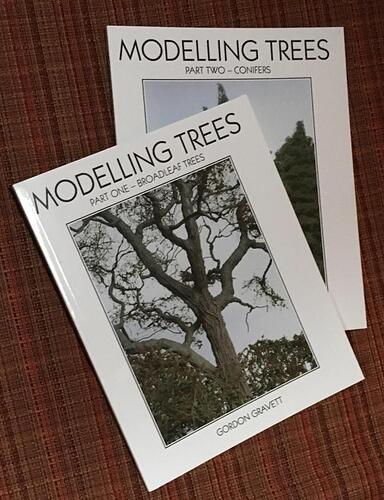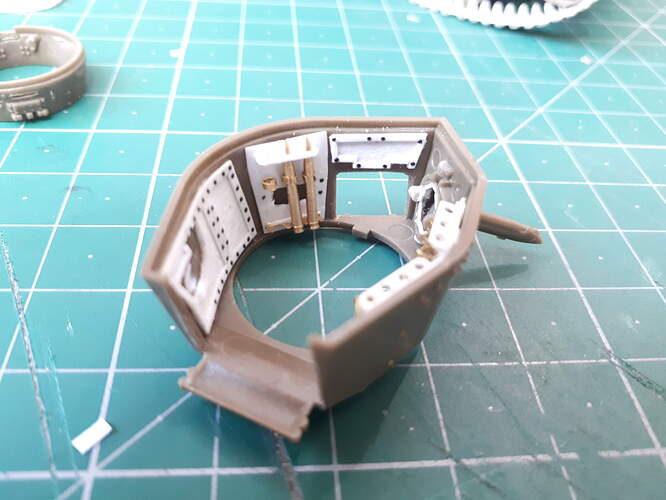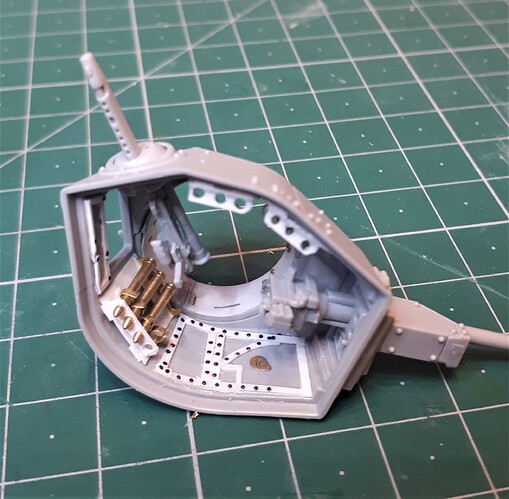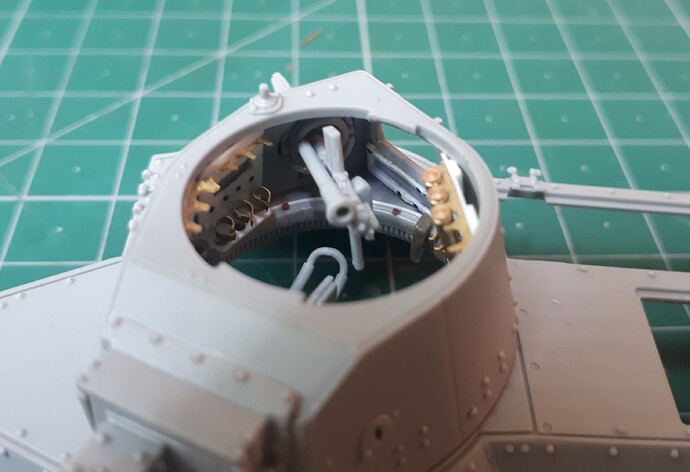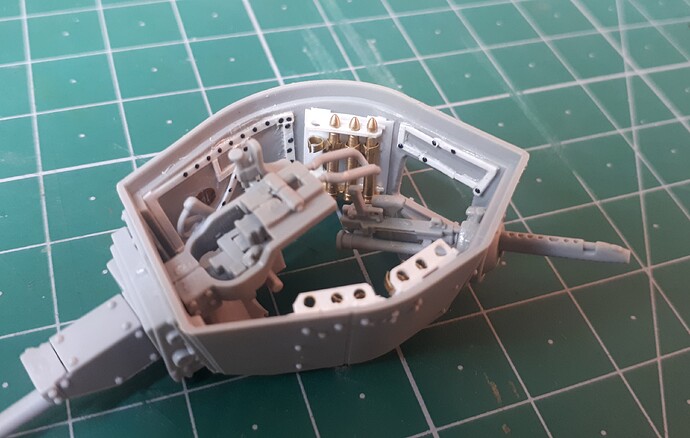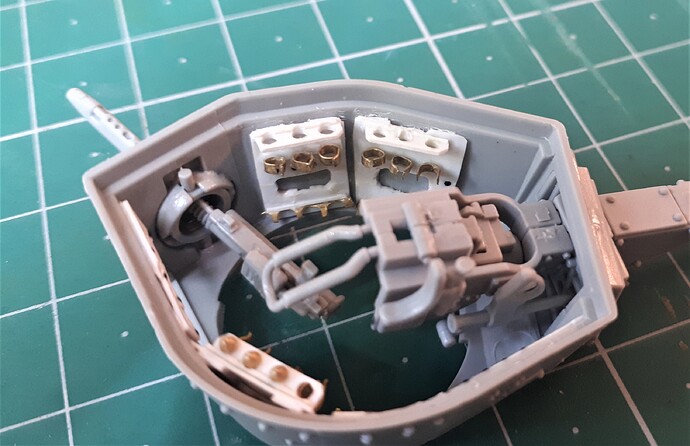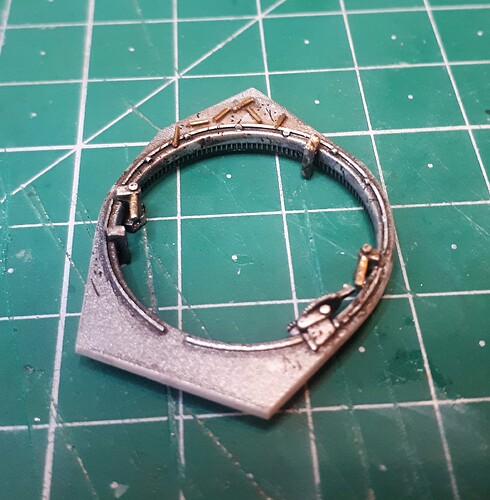The Road to Singapore - the Bakri Action 18th January 1942
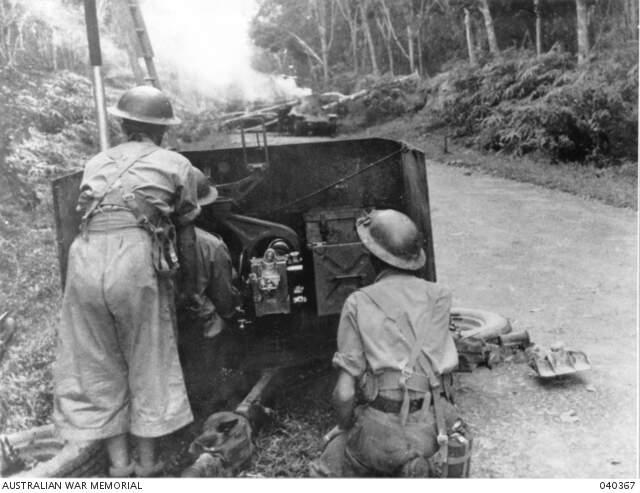
The first version of this blog was begun in January 2020 on the old Armorama site. However, it was far from finished and given the shift to the new site, I have decided to make a fresh start. For those who followed the old one, I apologise for re-treading some familiar ground, although I am hoping that this version will be much more focussed and better researched.
For those who are new to this project, I should point out that this is only my second diorama since I downed tools as a 17-year-old back in the mid-80s. My first was set during the Italian Campaign and titled ‘Liberation: Italy 1944’. It can still be seen at:
And so on with the show…
The inspiration for this diorama began with the dramatic photo at the start of this blog. Taken on the 18th January 1942 during the Malayan Campaign in WW2, it shows an Australian 2-pounder positioned in a firing position on a jungle road. In the near distance can be seen a column of burning Japanese Ha-Go tanks, apparently trapped by a line of felled rubber trees. This scene has become one of the best-known images of the Malayan conflict. However, as we will see, all may not be quite what it seems.
Since I started this project, I have done quite a bit of research into the Malayan Campaign and the events surrounding this incident in particular; I have to say it has been a fascinating journey. I should state at the outset my gratitude to the Australian War Memorial archive and other on-line sources from whom much of the following material has been taken. First a bit of background…
On 8th December 1941, only a day after the attacks on Pearl Harbour, the Imperial Japanese Army invaded the northern coast of the Malaya (now Malaysia). Defending the peninsula was a combined force of British, Indian and Australian troops, making this (I believe) the first Second World War land engagement between the Japanese and Commonwealth forces (the term ‘Allies’ would only come into common usage after the US joined the conflict).
Although mustering only half the troops of the defenders, the Japanese used a series of daring advances and outflanking manoeuvres to steadily drive their way south and, after less than two months fighting, the campaign ended on 15th February 1942 with the surrender of the Singapore garrison. This rapid conquest of one of the jewels of the old Empire was a shocking defeat from which the reputation of the British would never fully recover. For those soldiers who fell into enemy hands lay the awful prospect of the Japanese POW camps. For the local inhabitants, who were abandoned to their fate and forced to endure Japanese occupation for the next four years, the prospects were hardly any better.
A notable feature of the Japanese success during the campaign was their use of blitzkrieg tactics. Though they gained much of their mobility from trucks and the humble bicycle, they also fielded a sizeable tank force. Estimated at over 200, it chiefly comprised the Type 95 Ha-Go light tank, augmented by a few Type 97 Chi-Ha mediums and Te-Ke lights. Whilst Japanese armour development would eventually stagnate, leading to unfavourable comparisons with later Allied designs such as the Sherman, the tanks they fielded in the Malayan Campaign were actually quite modern for their time and well-suited to the theatre of operations.
Other factors, such as poor tactical decisions, would ultimately decide the fate of this all too brief campaign, but there is one factor that is especially hard to ignore: the imbalance of armour. The number of tanks at the disposal of the Commonwealth forces on the Malayan peninsular was precisely nil (although they had a few Lanchester and Marmon-Herrington armoured cars and a substantial number of Universal Carriers). This is not to say that the defenders had no means of stopping Japanese armour. Commonwealth air superiority evaporated early in the campaign, but 25-pounder field guns were able to knock out enemy tanks in a well-directed fire support role – or even at close-quarters firing over open sights.
They also had the 2-pounder anti-tank gun. Although the reputation of this relatively small-calibre weapon has suffered by comparison with the 6 and 17-pounder variants that came along later in the war, the 2-pounder was a highly versatile and manoeuvrable gun which also provided the main armament for most British tanks at the time. In the right circumstances, it was also more than a match for the Japanese tanks that advanced down the Malayan Peninsula.
The Battle of Muar
The Battle of Muar, which took place took place from 14th to 22nd January 1942, was the last major action of the Malayan campaign. The Japanese had already advanced two-thirds of their way down the Malayan peninsula towards their eventual conquest of Singapore. For the Imperial forces the final victory was rapidly becoming a certainty: for the beleaguered Commonwealth soldiers lay only the prospect of imminent defeat.
The town of Muar, which sits at the mouth of the river from which it takes its name, is situated in the southern Johor district of what is now Malaysia, roughly midway between the city of Kuala Lumpur to the north and Singapore to the south. However, the initial part of the battle actually occurred about 50 miles north east near the town of Gemas. In a devastating ambush Australian soldiers inflicted severe losses on the Japanese Imperial Guards Division at the Gemensah Bridge, (killing an estimated 700 enemy troops) and, in a second battle a few kilometres north, anti-tank guns of the Australian 8th Division destroyed several Japanese tanks. To my knowledge, apart from a stirring painting of the destruction of the Japanese column at Gemensah, no images of these engagements or their aftermath survive in the historical archives.
Despite this brief success, the defence of Muar on the west coast soon ran into problems, with the Japanese assault on the town resulting in the near-annihilation of the 45th Indian Infantry Brigade and heavy casualties for its two attached Australian infantry battalions. After a failed attempt to recapture Muar on 17th January the surviving units were now firmly on the defensive near the town of Bakri which lay a few miles south east along a stretch of jungle road.
Although the Muar engagement was ultimately a defeat for the defenders, the events near Bakri provided them with a brief taste of victory in what was effectively a series of defeats and withdrawals. It is often in such moments of impending defeat that small defensive actions stand out as examples of courage and tenacity. It is thus unsurprising that a short, sharp dawn battle on a stretch of road near Bakri became the focus of Commonwealth war reporters at the time. It is also one that is proudly remembered in the history of the Australian armed forces to this day. It is at this moment in time that my diorama is set…
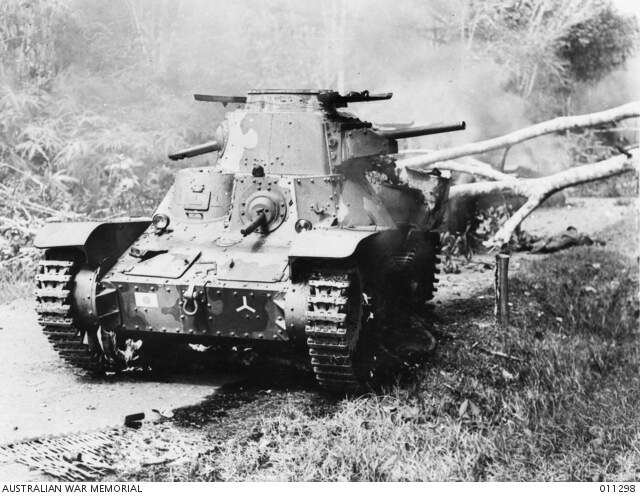
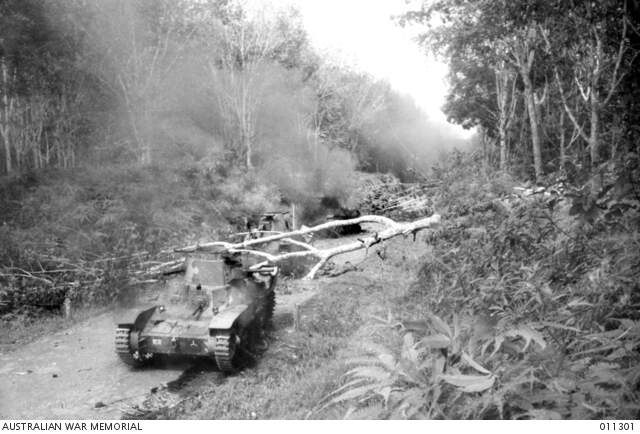


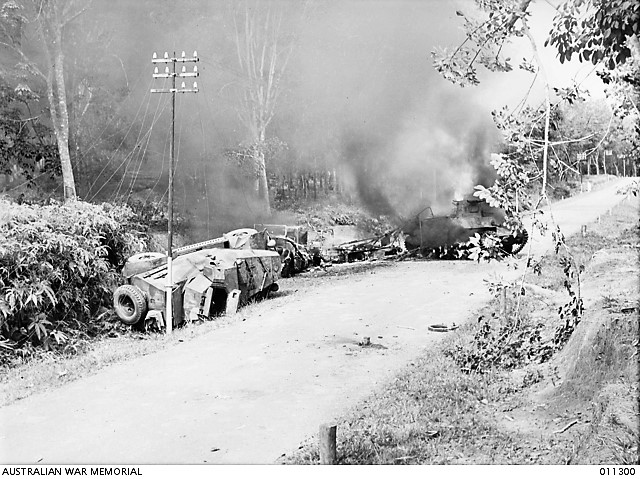
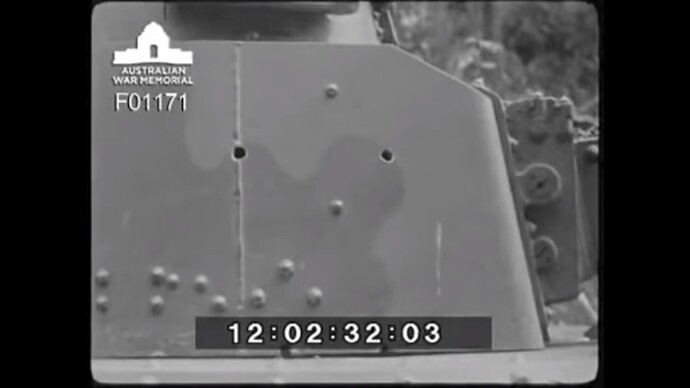
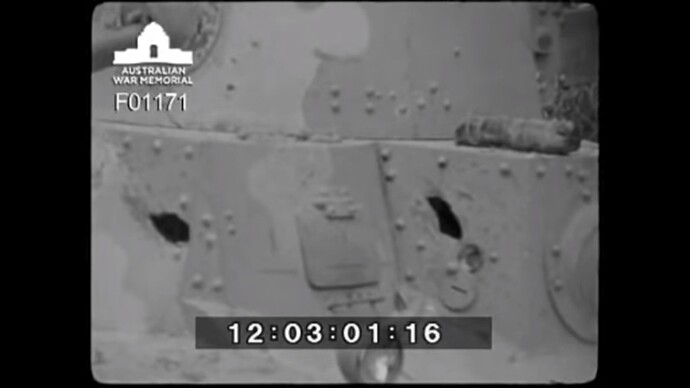
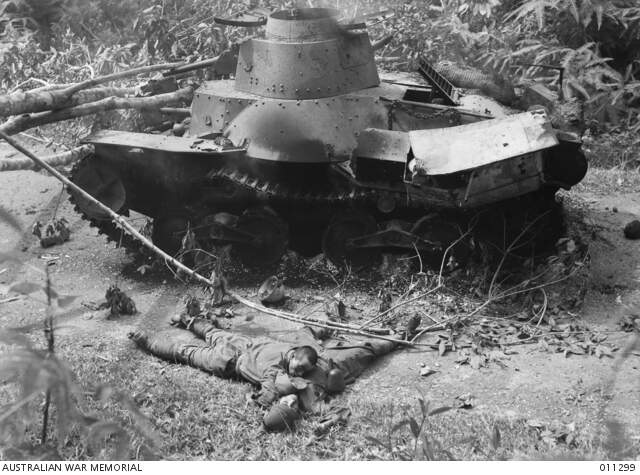



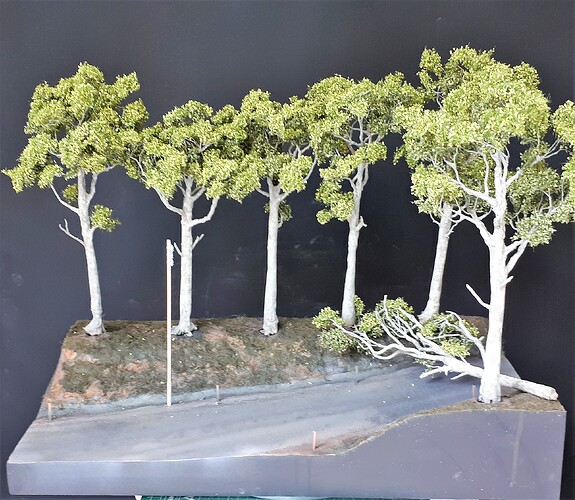
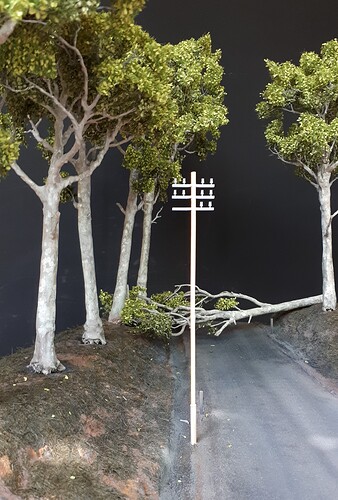
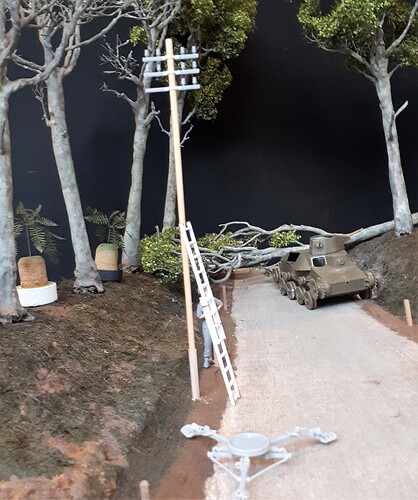
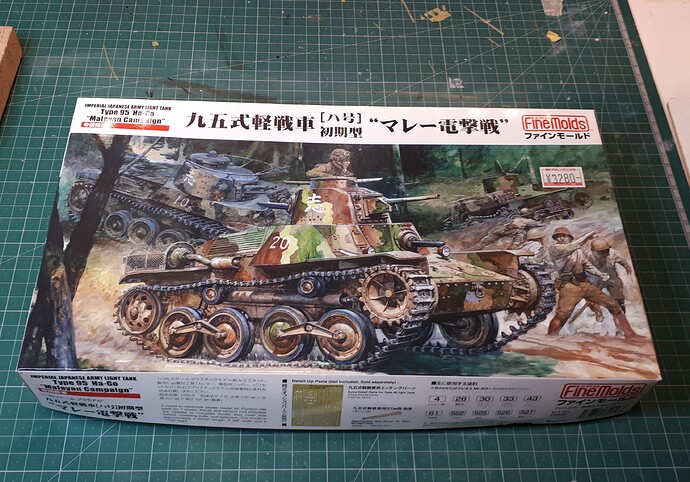
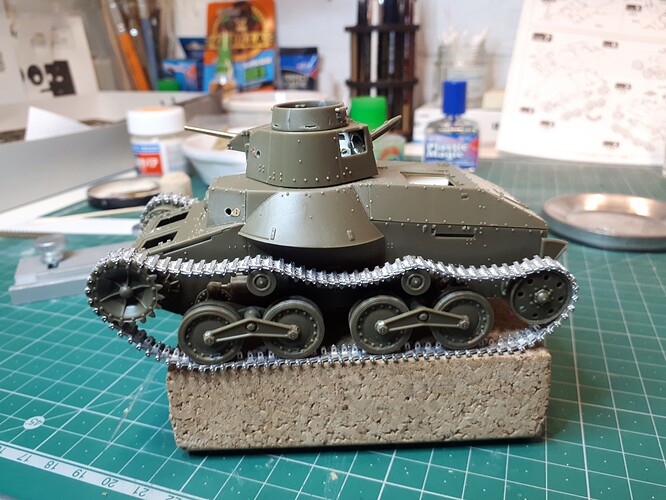
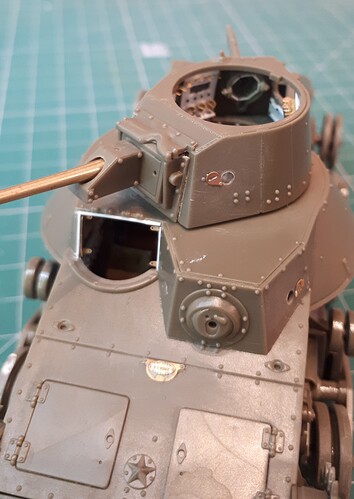

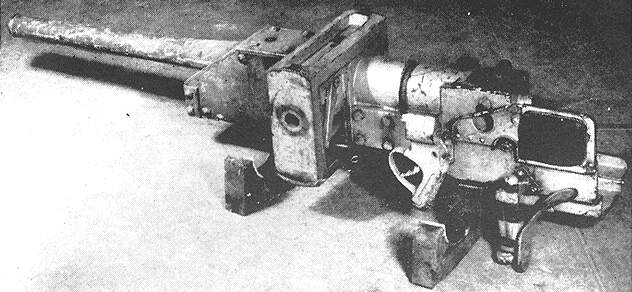


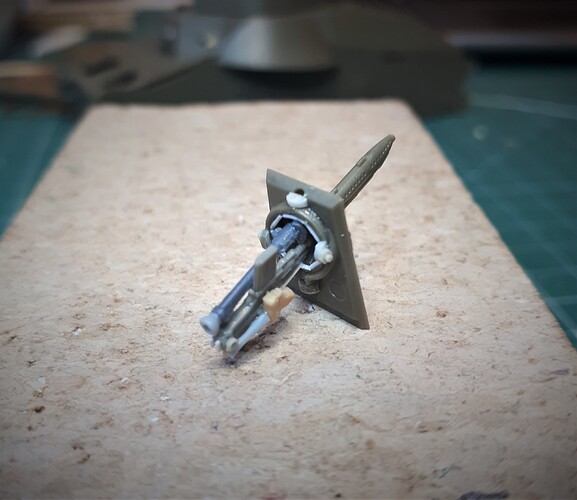
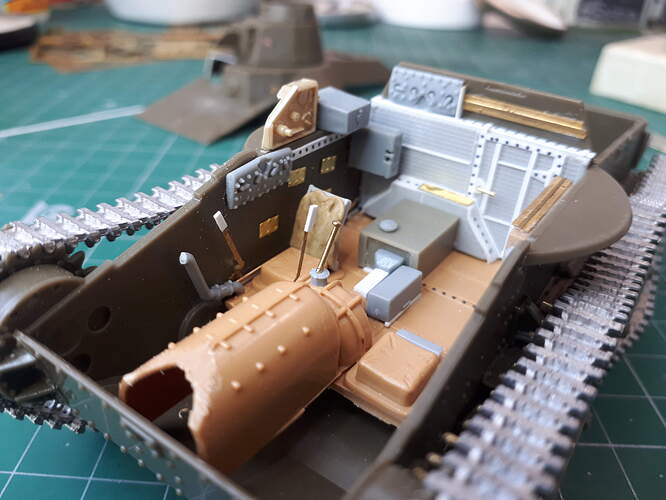
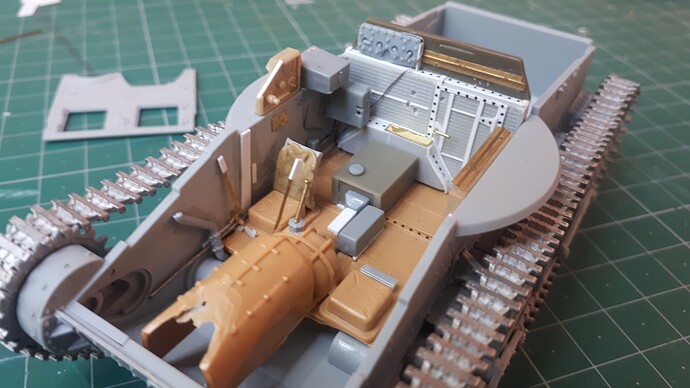
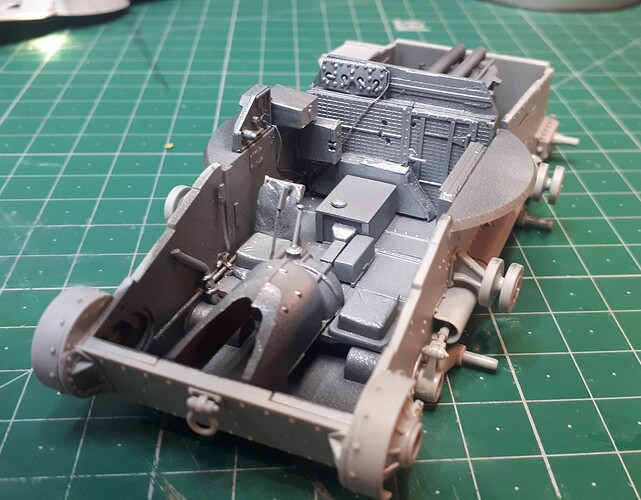
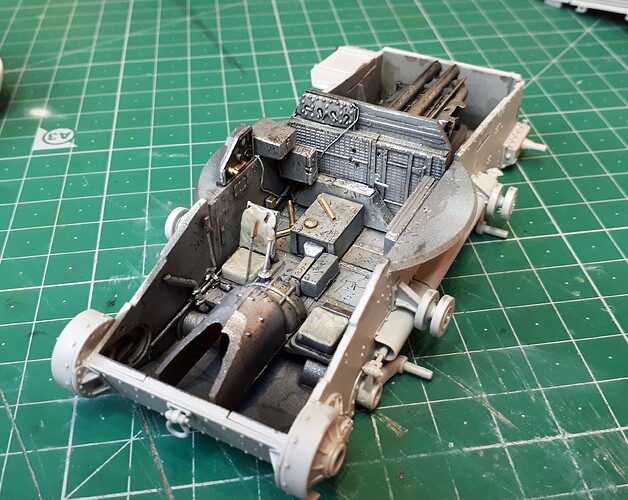
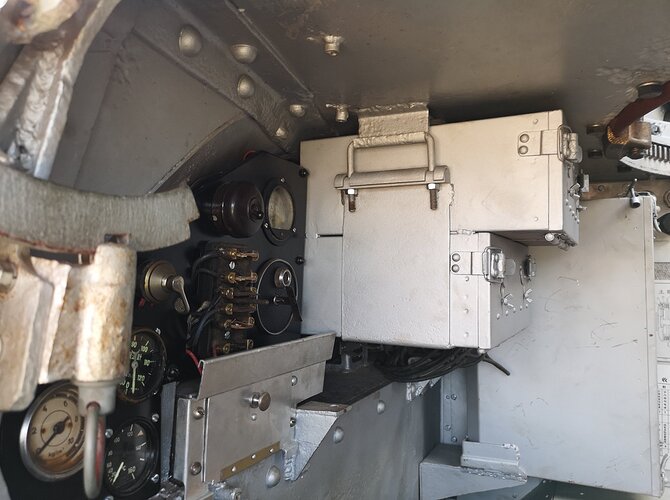

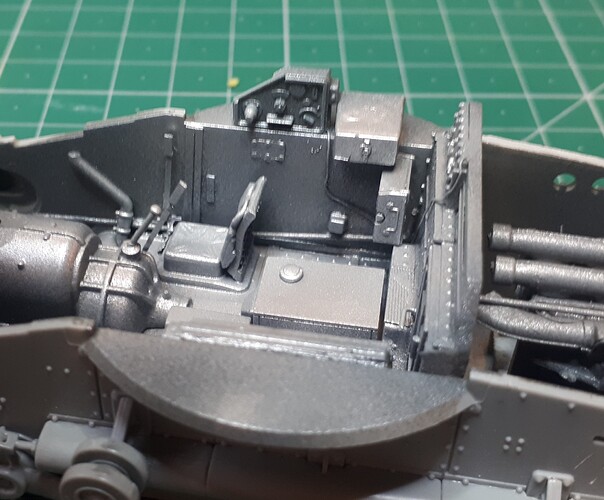

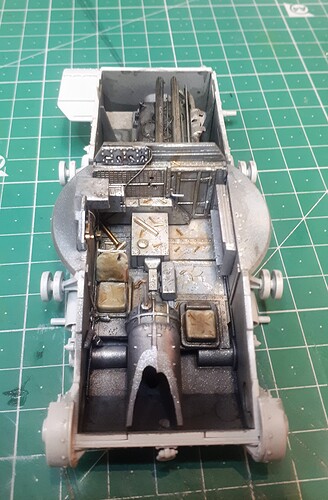
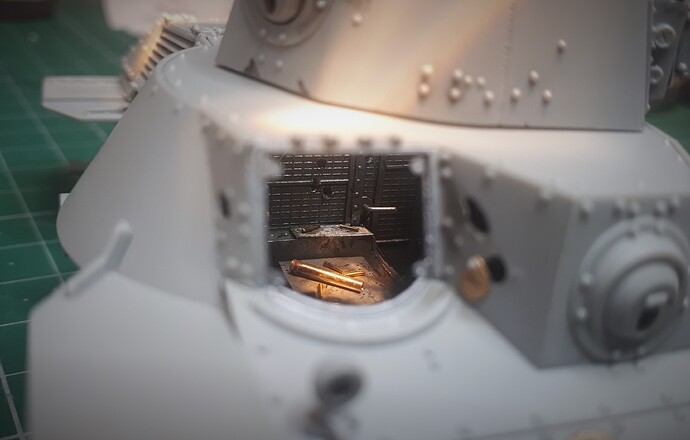

 .
. .
. ,
,